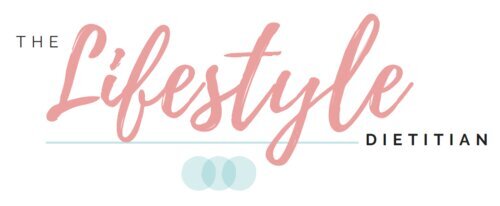Fibre and Diverticular Disease
Are you confused about fibre and managing diverticular disease? Are you avoiding nuts, seeds or corn? It isn’t uncommon to hear conflicting messages about what you can or cannot eat. So, let’s sort fact from fiction when it comes to what is best to eat for diverticular disease.
WHAT IS DIVERTICULAR DISEASE?
Diverticular disease is when small pockets form in the lining of the largest intestine. These pouches can become infected or inflamed, causing bleeding, abdominal pain, bloating, diarrhoea and constipation.
HOW DOES FIBRE HELP?
Fibre’s role in our diet is to promote healthy gut function and is key to managing diverticular disease. When you are feeling unwell and experiencing pain, bloating, bleeding or altered bowel habits, the pouches in the intestine are inflamed. This flare-up is called a diverticulitis attack and it is recommended to follow a low fibre diet. When you are no longer experiencing symptoms, the pouches are no longer inflamed and transitioning to a high fibre diet long-term is key to preventing another flare up.
WHAT ABOUT NUTS, CORN AND SEEDS?
It is common to hear nuts, corn and seeds will cause a diverticulitis attack. This is not true! These foods are rich in fibre and do not need to be avoided in your regular diet unless you are experiencing an active flare-up.
TIPS FOR A HIGH FIBRE DIET WHEN NOT INFLAMED
Choose whole grain breads and cereals such as Weet Bix, All Bran and untoasted muesli
Not sure how to pick a whole grain product? Use our guides for bread and cereal next time you are at the shops.
Include high fibre grains like brown rice and quinoa
Swap your regular pasta for a wholemeal or fibre-enriched pasta
Keep the skin on your fruits and vegetables
Enjoy all varieties of fruits and vegetables, both cooked and raw
Include nuts, seeds and their pastes
TIPS FOR A LOW FIBRE DIET WHEN INFLAMED
Choose white bread, crumpets, english muffins and refined breakfast cereals such as Rice Bubbles and cornflakes
Swap to white rice and pasta
Peel your vegetables and ensure they are well-cooked, such as peeled and steamed pumpkin or zucchini
Choose lower fibre fruits and remove the skin, seeds and pips, think pawpaw, melon, peeled peaches and nectarines and well cooked or stewed fruit
If diverticulitis is impacting your daily life and you are after individualised support, book in with one of our Accredited Practising Dietitians.

